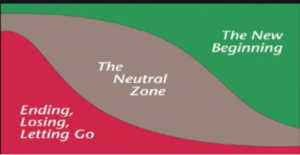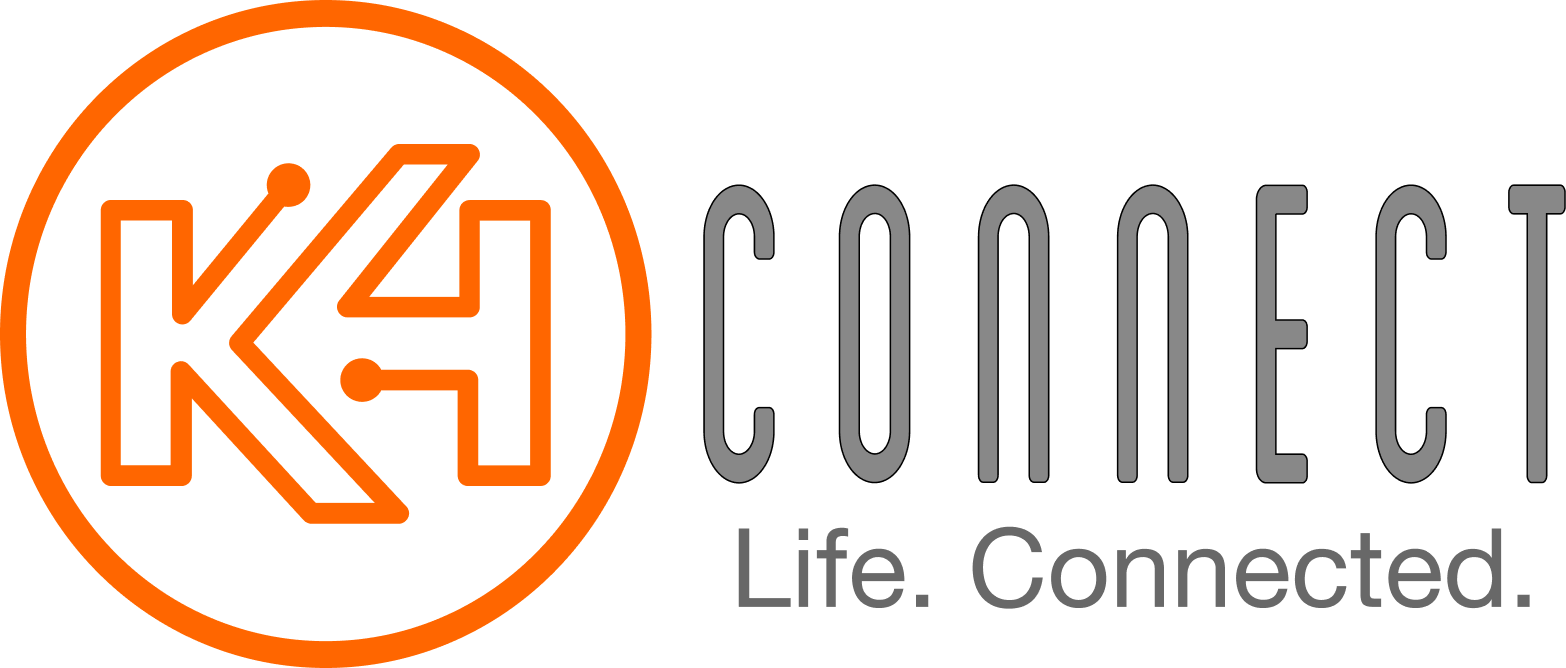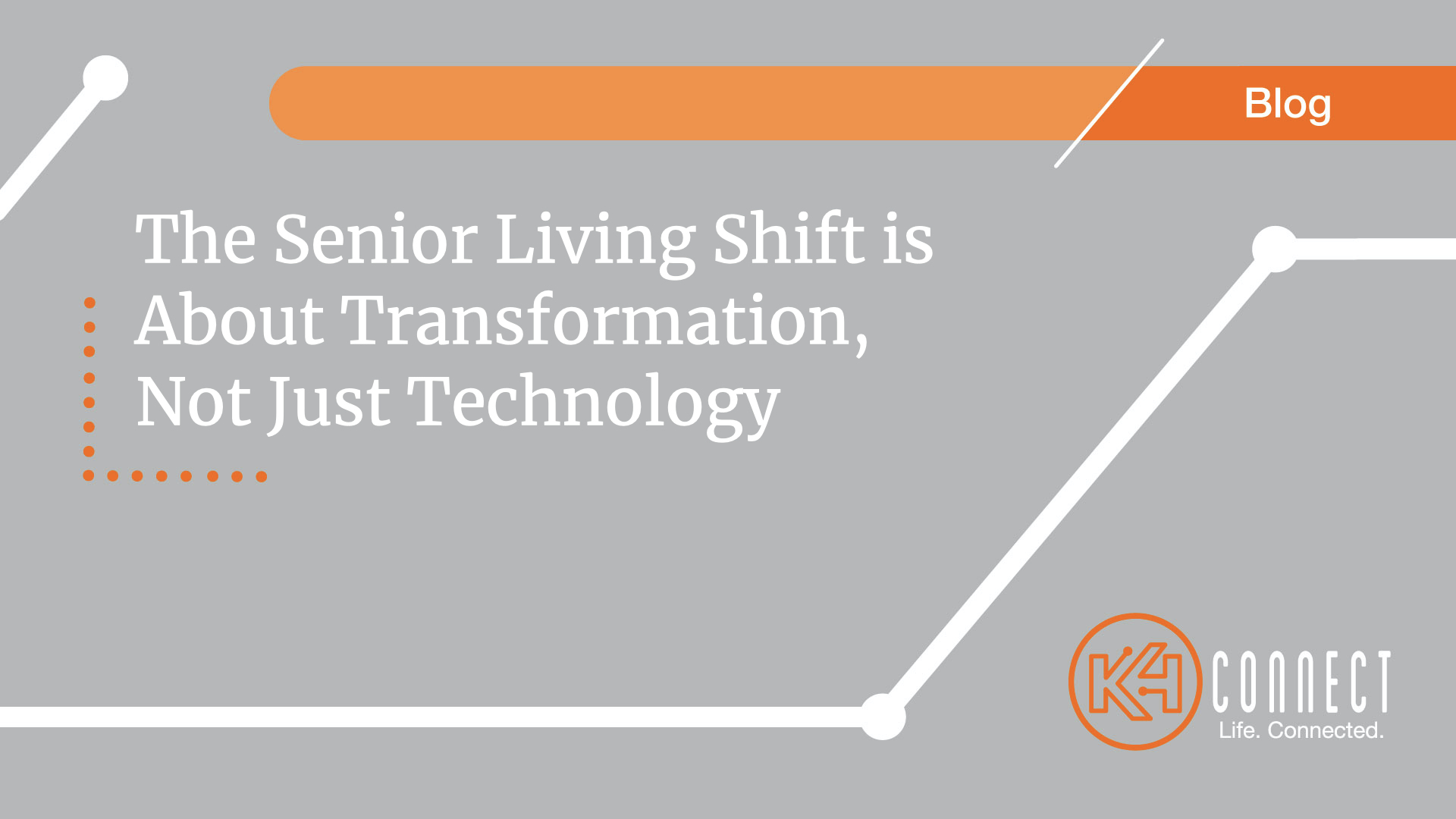“If we rethink our approach to how both community staff and residents engage with one another, then 2021 can be a truly transformative year.”
By: Cindy Phillips | Managing Partner, K4Advisors & Jack York | Co-Founder, iN2L
April 6, 2021
In 2020, we knew change was coming, it is always coming. But as it was happening it seemed to be ushering in so much faster. Not just because of COVID, but also the acceleration of technology, the increasing volumes of those reaching age 65, along with the growing diversity of expectations, interests and goals of this new generation of the senior living resident.
Most of the narrative surrounding technology through COVID centered around staff. How did they implement it? How did they juggle their time and their residents through so much tragedy? These are all valid conversations, but it’s also critical to include the resident voice in the discussion. They are, of course, why we’re all here. Our experience has been that throughout the last decade there has been an undeniable uptick in residents’ personal technology use, many bringing their own devices and experience into a community.
Yet there were still many older adults, particularly some dealing with cognitive decline, that were resistant to the use of technology. COVID turned everything upside down and when technology became the only way for any meaningful interaction with their grandkids, the naysayers quickly changed their view on the value of learning something new. An absolute silver lining to the pandemic.
Looking back a decade from now, 2020 will be remembered for many things, but let’s look past the ups and downs of COVID and focus on how we take our new tools, abilities, and attitudes, and assemble them into a new roadmap for daily life and engagement in senior living.
“If we rethink our approach to how both community staff and residents engage with one another, then 2021 can be a truly transformative year.” – Cindy Phillips
Late last year, we co-authored an eBook titled, “Success in Senior Living’s New Frontier Strategies to Optimize Activities and Engagement.” In it, we offered some predictions of how resident engagement would look in 2025, and how the role of a lifestyle/life enrichment professional should change along with it. What we were really describing was transformation.
Reinforced by several industry thought leaders in a recent blog, they are “not fans of senior living as it looks today.” We’re all talking about more than a slight improvement or new piece of technology; instead a fundamental significant change in mindset and approach.
Transformation, as defined by William Bridges, is different from change as it speaks to the emotional experiences and changes that occur in parallel and far beyond the physical ones. For example: getting married happens in one day (change), but learning to be married, accepting your new role as a spouse, joining a new family, giving up some of your independence – that is a much longer transformation.
Helping us further understand, Bridges explains transformation in three phases:
Phase One: Endings – about letting go, grieving of something old, seeing it go away, and often it generates sadness, anxiety, and even anger.
Phase Two: The Middle – the in between space where you are feeling disoriented, chaotic, uncertain and often off-balance. We tend to see people looking back to the old way, wishing for it to be the same again. This is actually the turning point for transformation and while messy, it is the foundation for discovering the future.
Phase Three: The New Beginning – moving forward with the new way, the new mindset, or the new approach to something. This can be exciting but also scary, and can take months to fully go through it and feel grounded again.

“Once you learn something (no matter how old you are), and you benefit from it you don’t go back. It becomes part of your reality.” – Jack York
This is where we are right now. At the beginning of an exciting – and true – industry-wide transformation. And why not start with resident engagement – we believe the majority of community residents and staff are ready.
We explore this topic of transformation further in part two – read it here!

